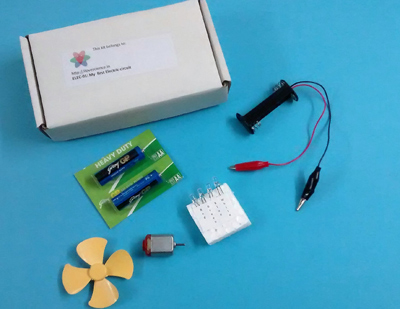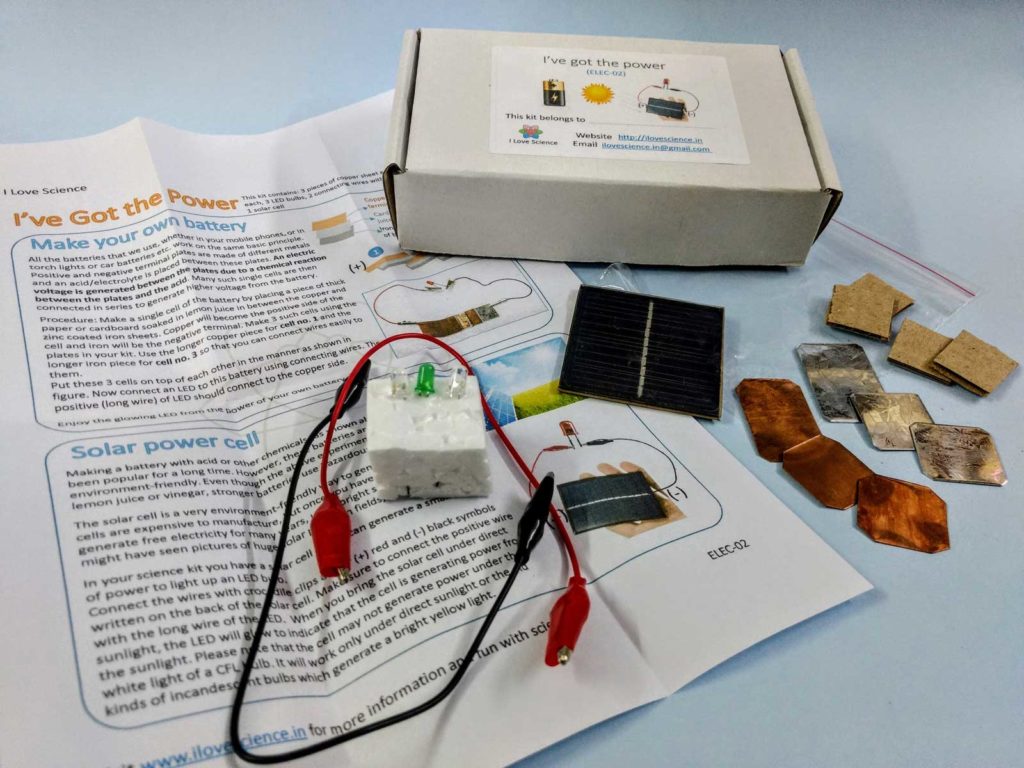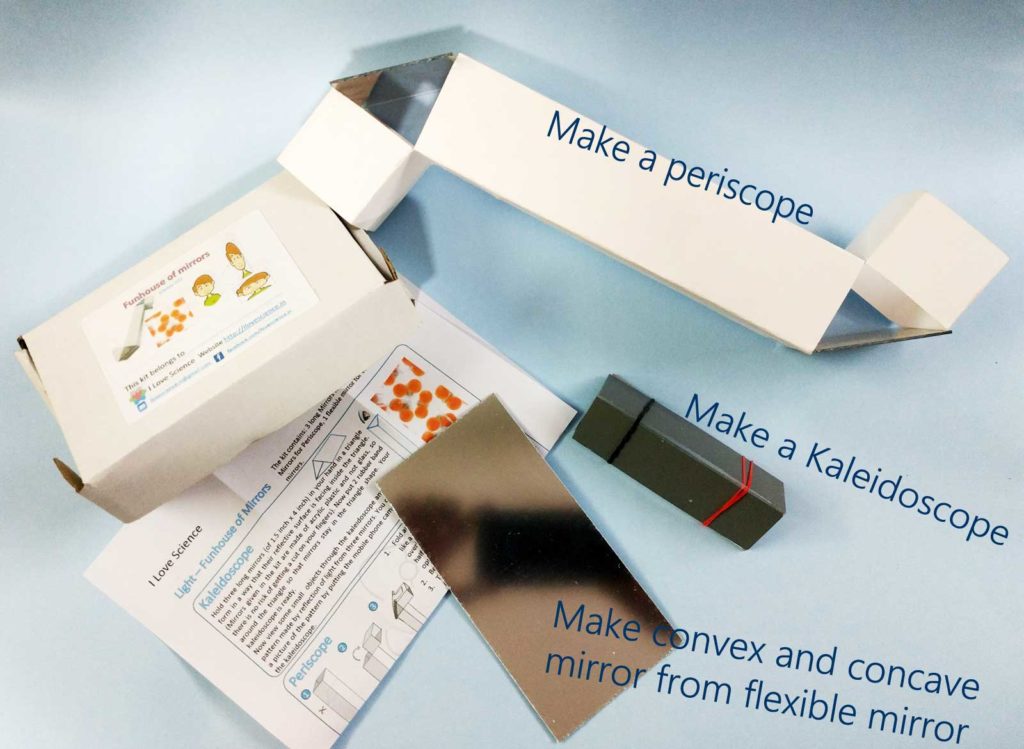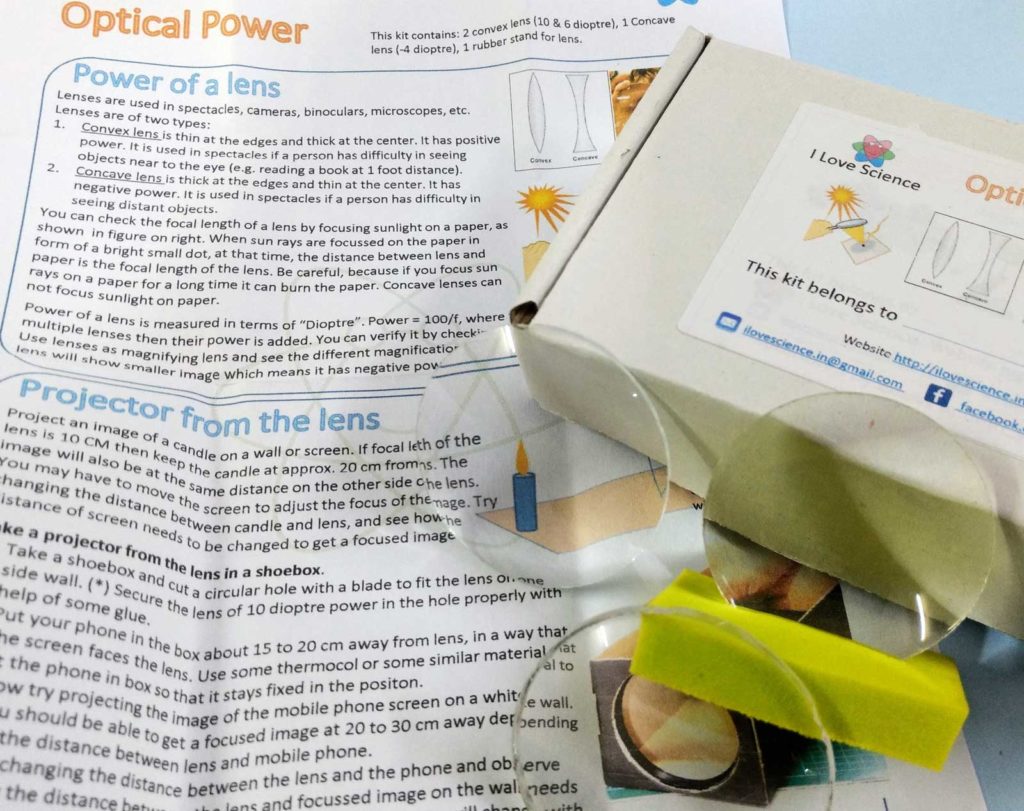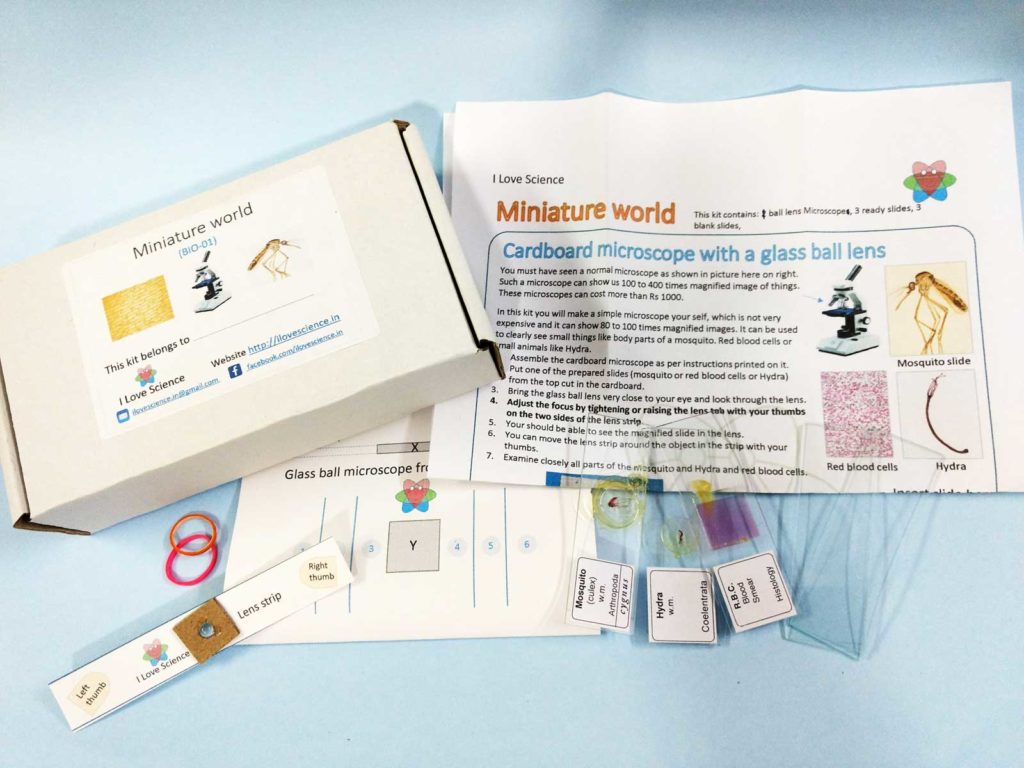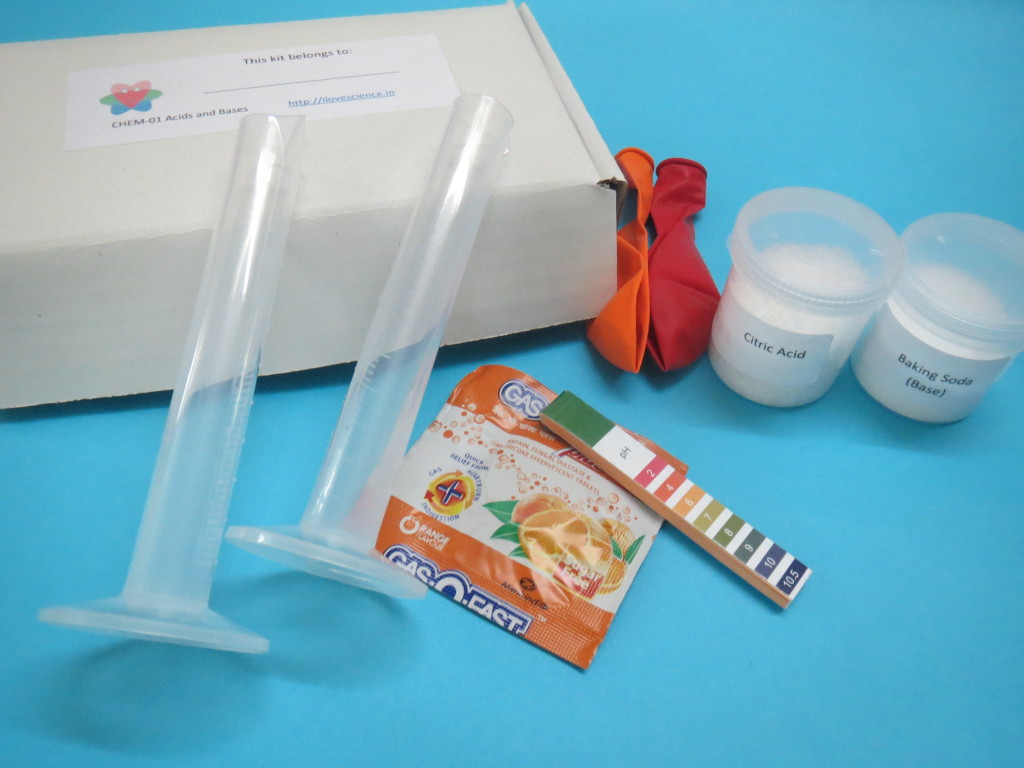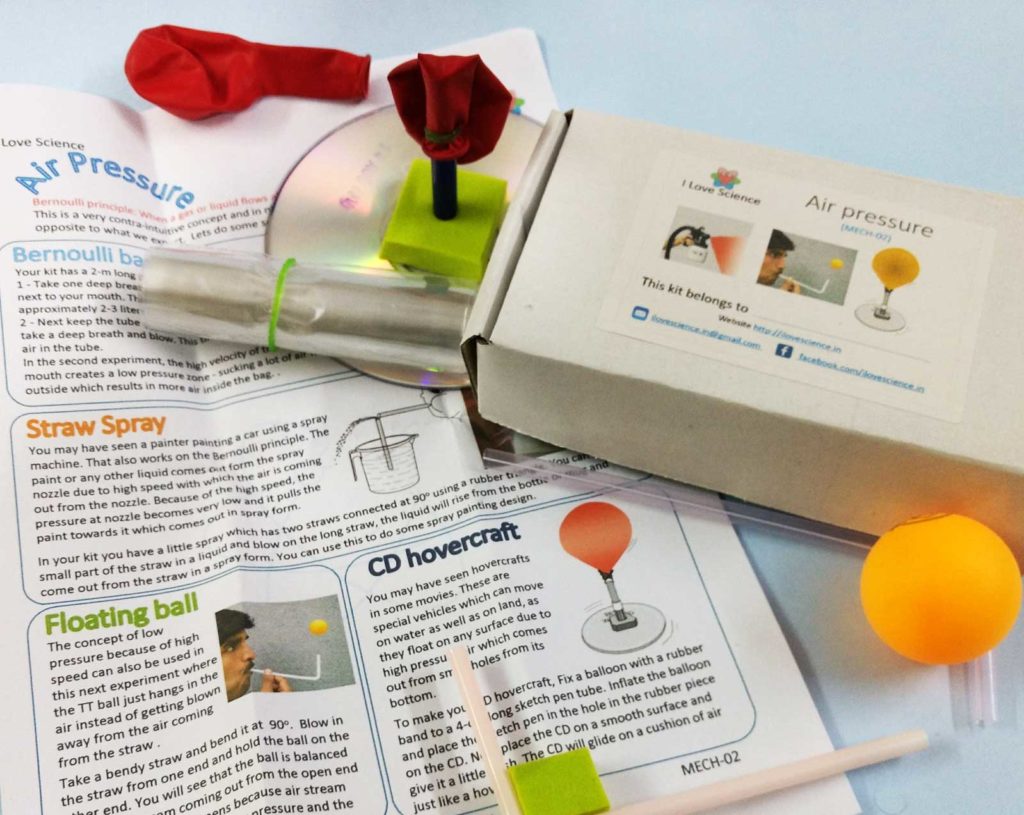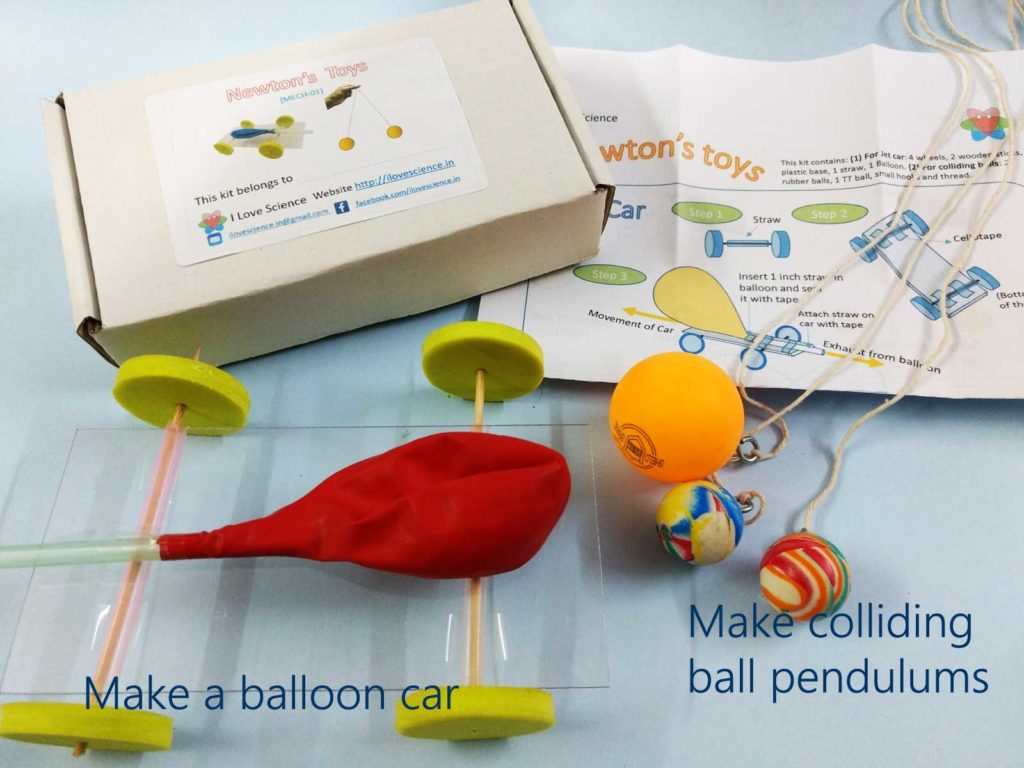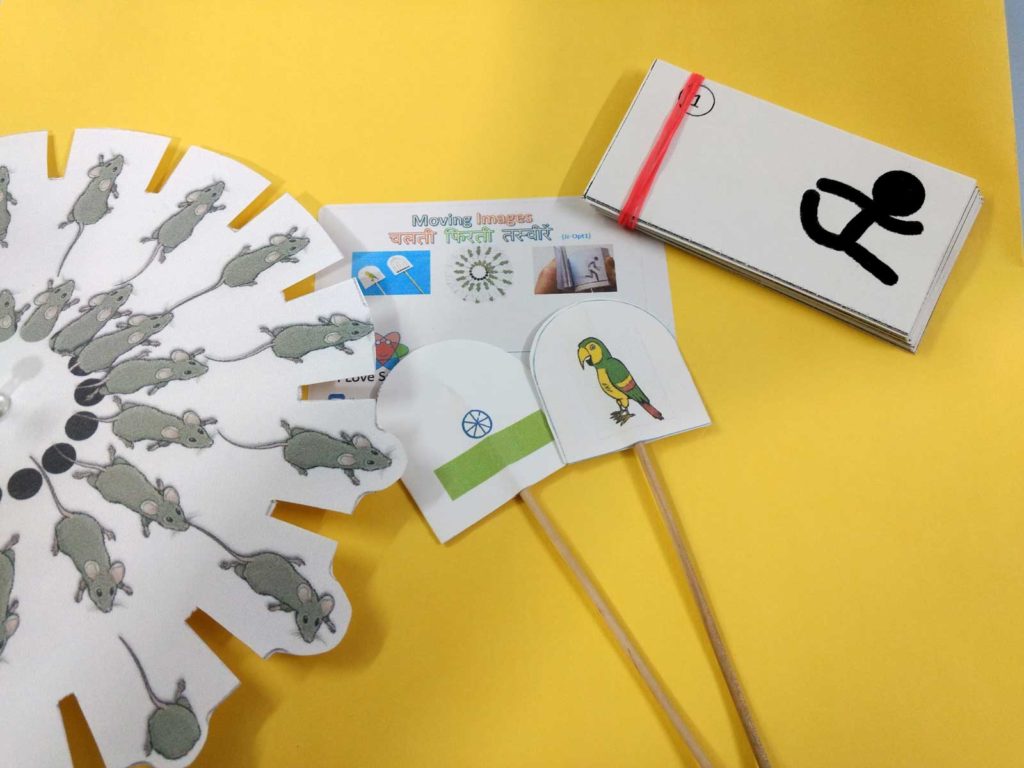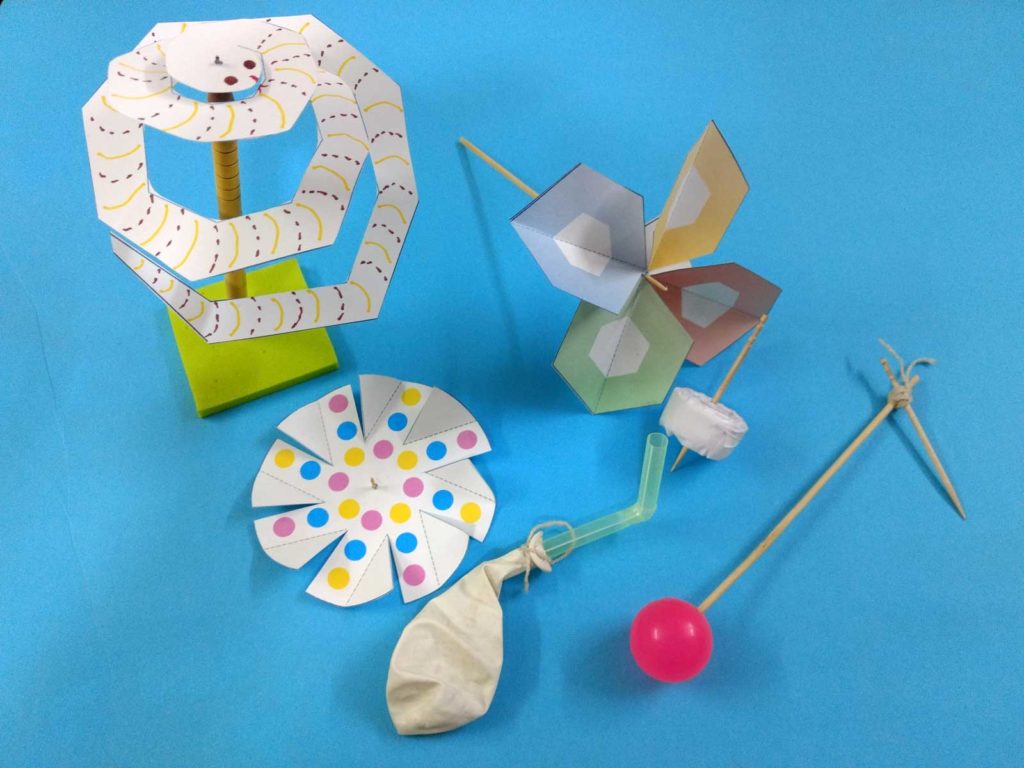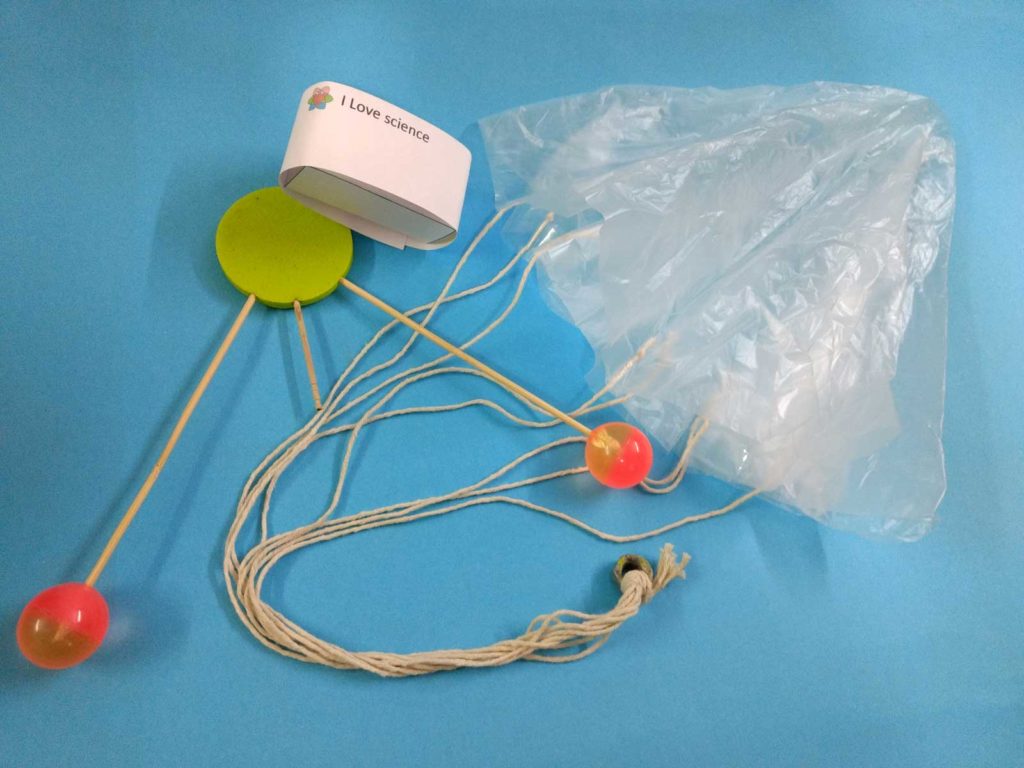|
S.No. |
Name of Kit |
Topics covered and Activities |
|
Maths |
||
|
1 |
Shapes and patterns |
Patterns using plastic stencil, circle maker. |
|
2 |
Calculations & measurements (III): |
Base-10 blocks, Multiplication by sticks. |
|
EVS/STEM |
||
|
3 |
Plants: from roots to fruits |
Magnetic Puzzle to arrange right parts for different types of plants. |
|
4 |
Moving images |
Make 3 toys to understand persistence of vision and scientific |
|
5 |
Birds, beaks, and claws |
Assemble 3 types of bird beaks to understand their shape and |
|
6 |
Revolution of Earth and moon |
Make a model of Sun, earth, and moon to demonstrate: – Revolution of earth around Sun and earth spinning. – Formation of day and night on earth. – Revolution of moon around earth. |
|
7 |
Organ systems |
Assemble your own puzzle of all organ systems in human body.
|

